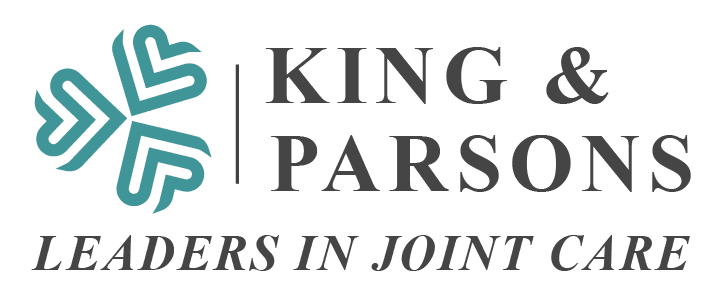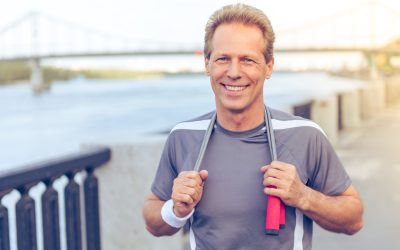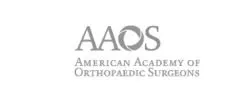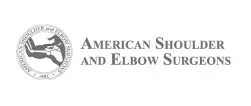Data from national registries offers insight into how modern total shoulder arthroplasties fail. This can be divided into a few categories which include: patient factors, surgeon factors, implant factors and infection. Patient factors which have been determined from large clinical outcomes databases include smoking, morbid obesity, poorly controlled diabetes, workers compensation claim, and younger age. The first three of these are modifiable which means that if patients optimize their general health status and “bring their best self to surgery,” they can reduce the risk of complications due to medical issues.
Surgeon factors largely relate to experience and training. Proper surgical technique is essential to ensure secure and optimal implant placement. This requires proper training in advanced shoulder replacement and familiarity with how the arthritic wear process can affect native anatomy and joint function. Shoulder arthritis leads to wear of the socket bone and characteristic patterns. If this is not adequately corrected by proper implant selection and placement, premature failure can occur.
Implant factors relate to choosing the right combination of parts to get the job done well. Studies have shown that the better surgeons restore native shoulder anatomy, the better patients can do in terms of functional outcomes. The surgeon must carefully select which implants will achieve anatomic reconstruction along with secure and durable fixation, as well as which type of arthroplasty (primary or reverse) will lead to better long-term outcomes.
Dr. Parsons has performed extensive training in shoulder replacement and has worked with industry to help develop modern technology involved in preoperative planning and surgical navigation. He regularly contributes to research articles and book chapters related to shoulder replacement and lectures both nationally and internationally on topics related to this field. Most recently he has been appointed to a team of surgeons and scientists to apply artificial intelligence and machine learning techniques to predict patients outcomes in advance of surgery. Parsons is also a specialist in Ream and Run shoulder replacement, a special technique for younger patients with advanced shoulder arthritis.














